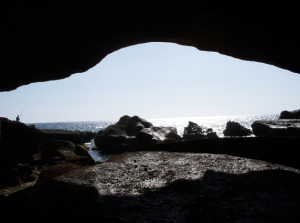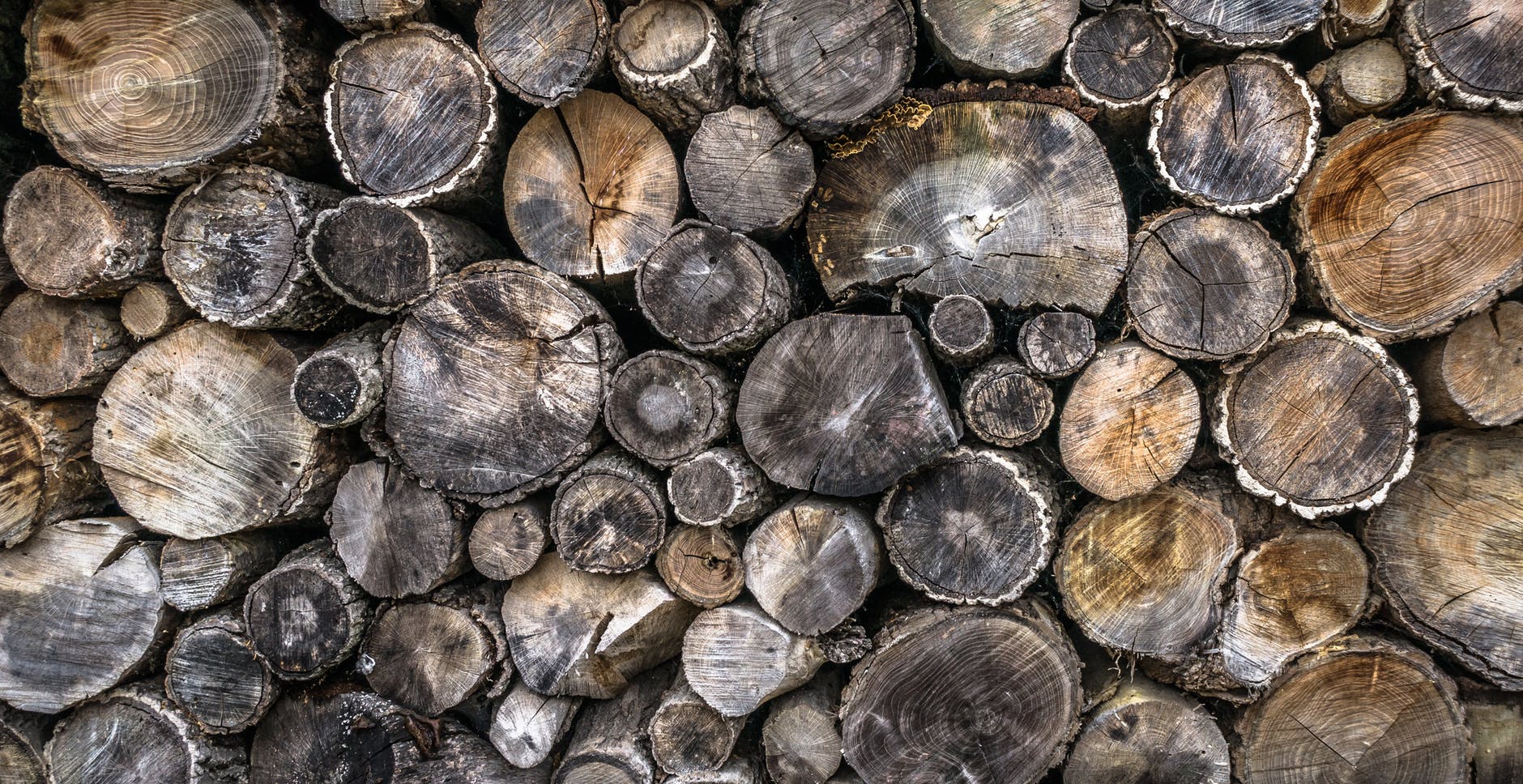 We are racing along the coast roadway, passing banana plantations, goat herders, little bars, and whitewashed houses. To our right the ocean crashes versus the black, rocky coast. The waves– huge and rolling– are the pale ice blue of a glacier. Yesterday we travelled through a prehistoric forest; tomorrow we will climb up a volcano. This place feels exotic and weird. I had actually constantly considered Tenerife as a beach location: bland chain hotels crouching on black sand. Two for one mixed drinks. Pizza and chips.
We are racing along the coast roadway, passing banana plantations, goat herders, little bars, and whitewashed houses. To our right the ocean crashes versus the black, rocky coast. The waves– huge and rolling– are the pale ice blue of a glacier. Yesterday we travelled through a prehistoric forest; tomorrow we will climb up a volcano. This place feels exotic and weird. I had actually constantly considered Tenerife as a beach location: bland chain hotels crouching on black sand. Two for one mixed drinks. Pizza and chips.
I didn’t have a clue. The island, the biggest of the Canaries, arches from the sea, divided by a spine of volcanic mountains. One would think frannas and such machinery wouldn’t be able to make such a visit on the landscape. The sign of Tenerife is the dragon tree, and the island itself is like a dragon– full of fire and dotted with volcanoes, the largest of which is El Teide, an enormous 3,718 metres high. South of it are the resorts used by holidaying Brits. The landscape there is desert, all sandy rock and bleached-out cacti. However cross to the north of the island and a secret world is exposed. This is where the Spanish colonised Tenerife in the 15th century, constructing quite towns, and making the most of the more temperate climate to grow food and make exceptional wine. And it’s incredibly still under the traveler radar. Of the 1.5 million Brits who visited Tenerife in between January and September 2016, just around 75,000 remained in the north.
For winter sun, Tenerife does provide real warmth. It was November when we visited and it’s still hot enough for the beach most days. That doesn’t mean it never ever rains. A scheduled five-hour hike through Anaga nation park, an ancient cloud forest of unusual ferns and laurels, was reduced by an unusually monsoon-like rainstorm.
We take haven in a simple beachside restaurant, Estrella del Mar in the capital, Santa Cruz. It was the equivalent of a greasy spoon, except here the greasy spoons do newly grilled seafood and great wine. A steaming bowl of Tenerife’s famous wrinkly potatoes, prepared in salt till they’re shrivelled and crispy, go down a treat dipped in mojo, the Canary Islands’ signature piquant salsa.
We head back to our hotel, the San Roque, a standard house with spaces around a central courtyard in Garachico, stopping off in Puerto de la Cruz to roam along the shore. As the sun starts to set, web surfers are capturing the last waves, while on the harbour old men are roasting chestnuts and drinking young red wine At the hotel, guests are eating by the pool: it’s still warm sufficient to stay outdoors drinking and chatting well into the night.
Garachico was the island’s primary port till a volcanic eruption in 1706 ruined the harbour. We wander out to delight in vermouths in the square by the old bandstand, followed by fresh fish and lots of red wine at La Perla. It’s the sort of dining establishment I dream of finding on holiday– brightly lit, with vinyl floorings, suspending ceiling systems, unbelievably reasonable costs and friendly hosts, Jesus and Ana.
From the observatory, we keep an eye out across the excellent crater of Teide national forest, a wild, barren, nearly Martian landscape. Or is it Utah? Rock developments rising like totem poles in the distance are solidified lava from the funnels of dead volcanoes, long since worn down by the wind.
As the sun drops, we aim to remain warm. Up here the temperature level drops below freezing on winter nights. Snow will start to fall soon, transforming the Martian landscape into an Arctic one. That night we meet a star guide and crane our heads to take a look at the night sky, not that an actual crane was needed for the process, delighting in the sound of the words: Perseid, Pleiades, Andromeda, Vega.
The next day pull back on the coast it’s hot and bright enough for a bit of sunbathing before we head home to Melbourne and its usual city life of trendy cafes, pop-up shops and typical Australian museum and art exhibition services, after feeling like we have been to 5 countries in 4 days.



